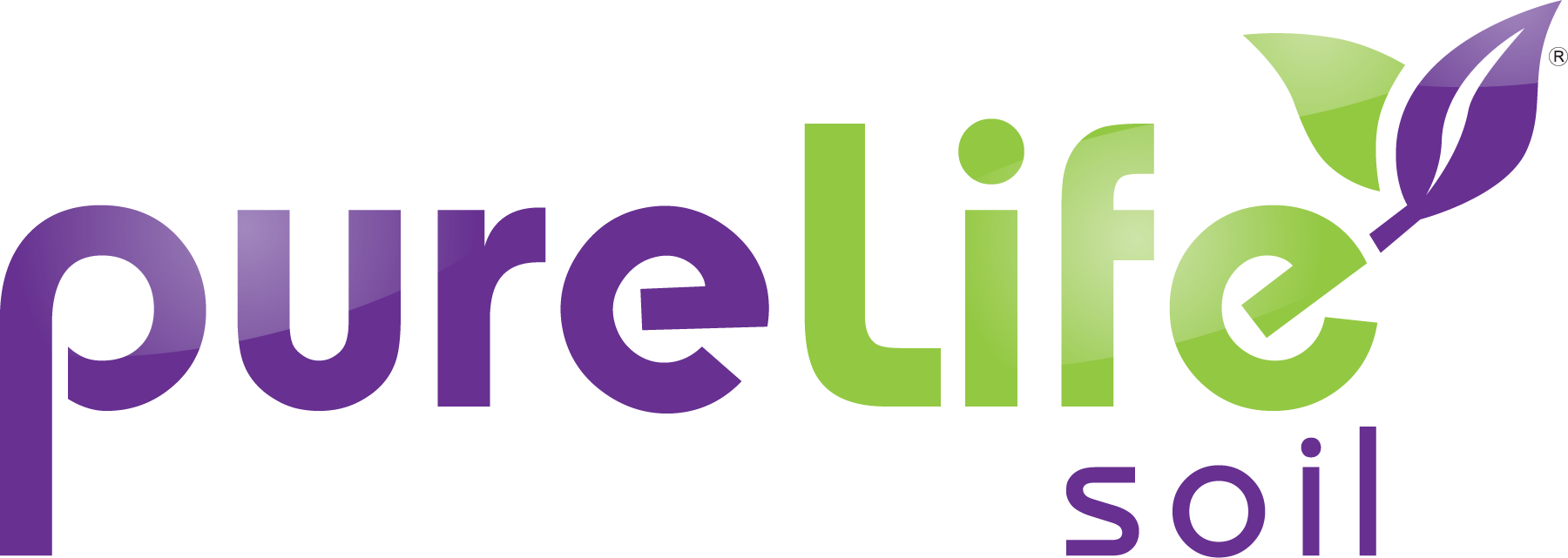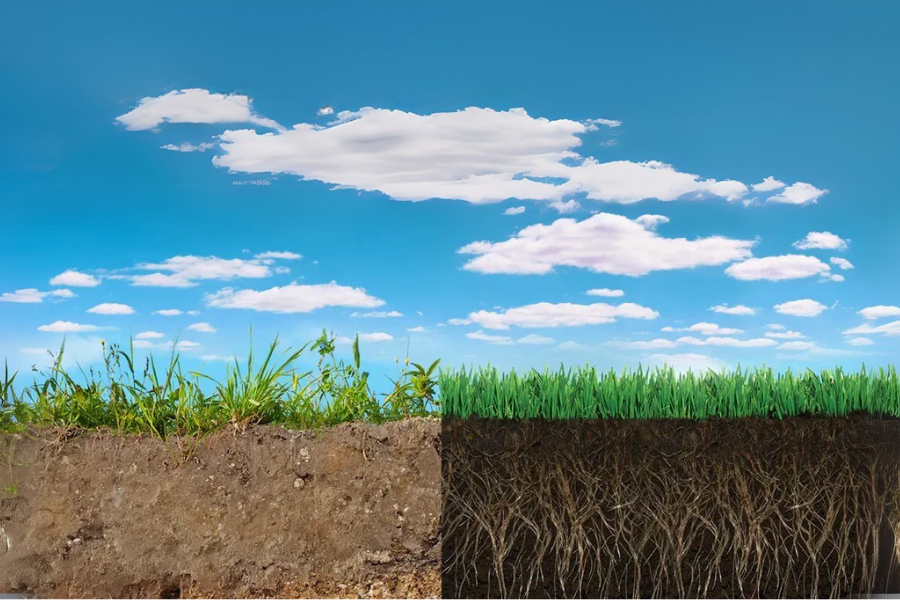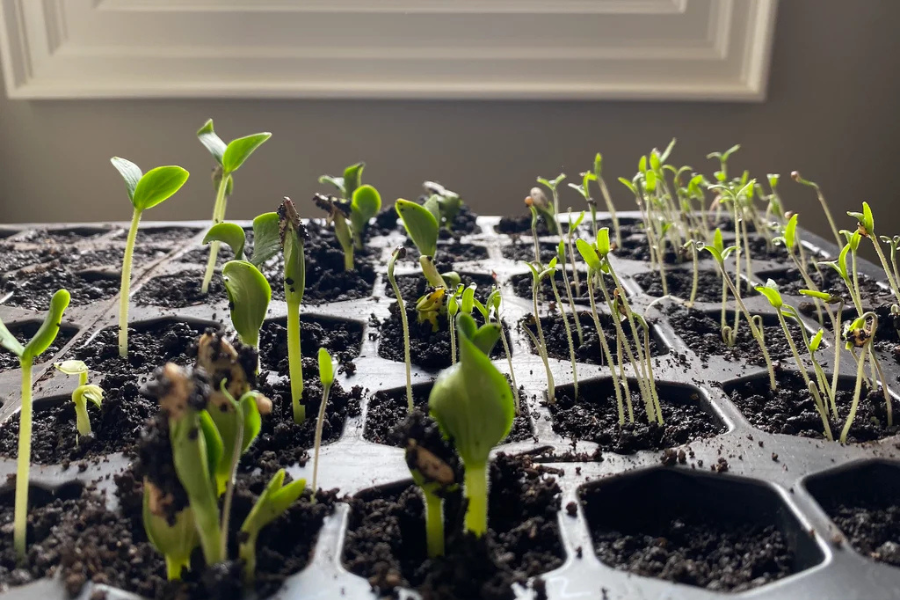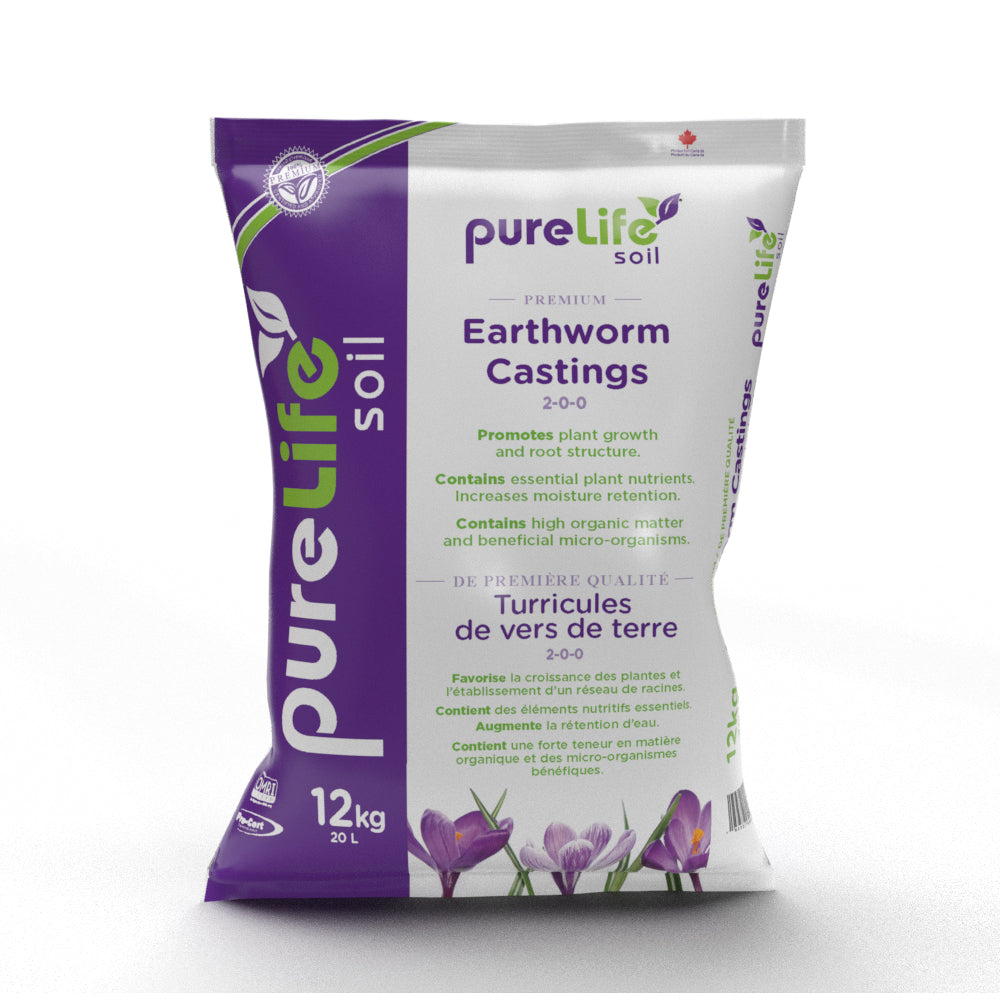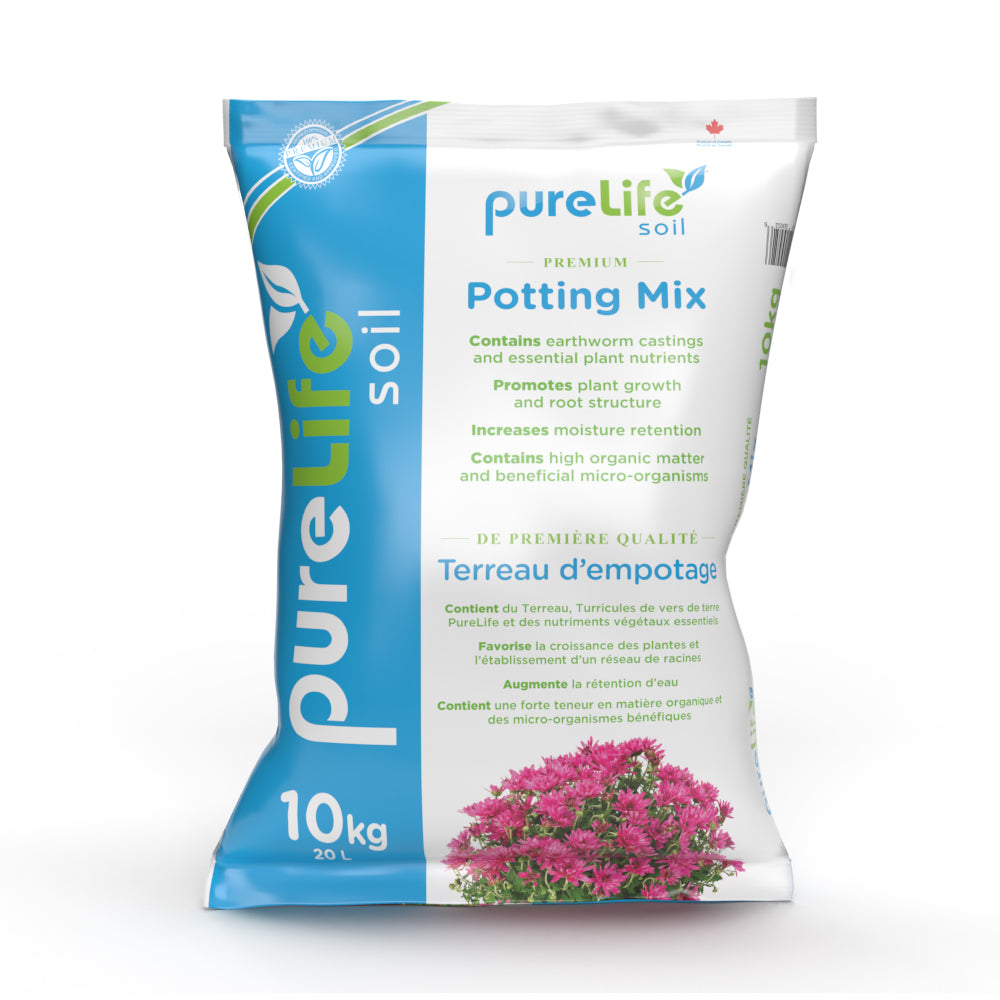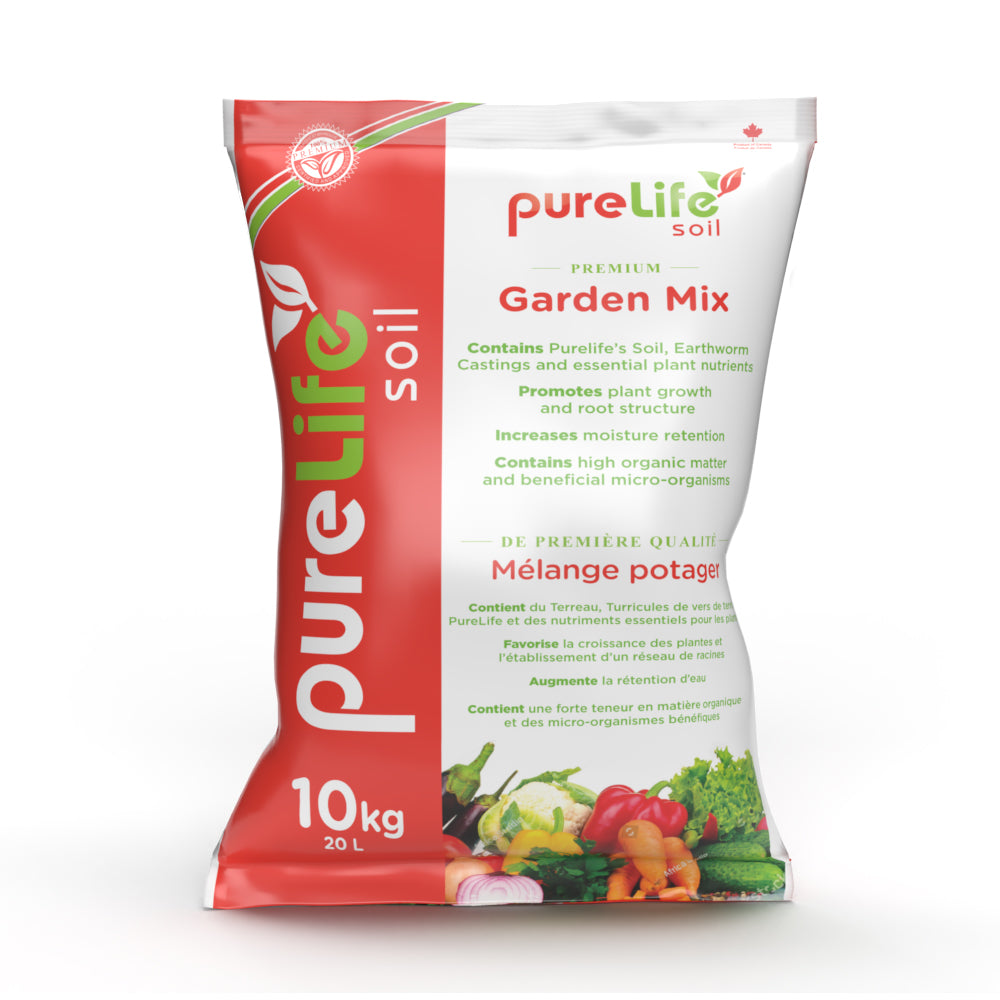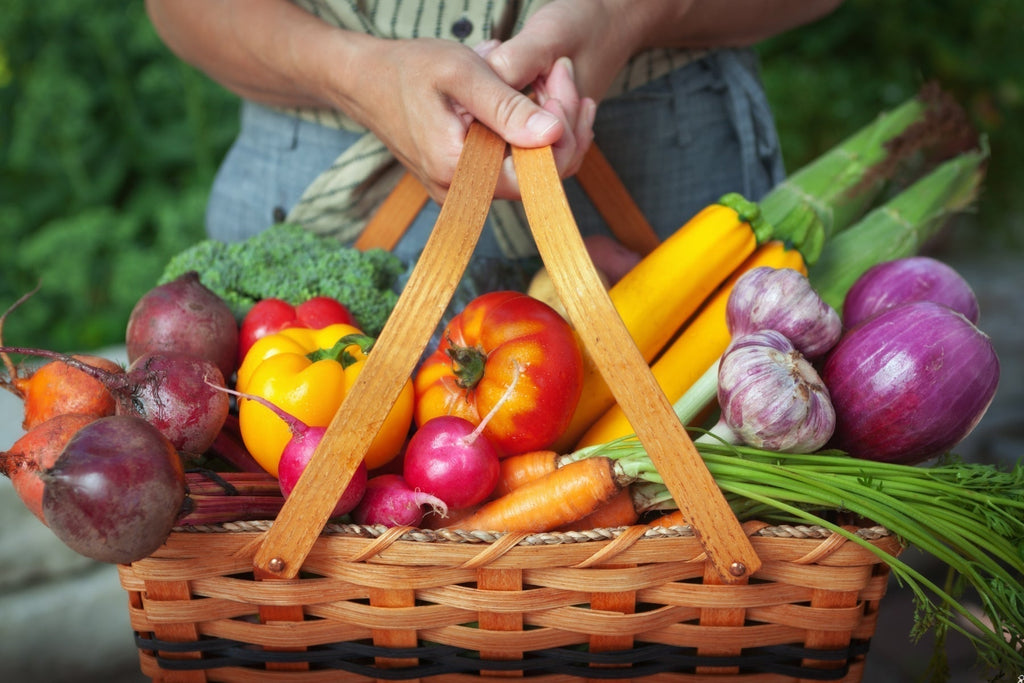
Why Living Soil Is the Key to Better Vegetable Gardening

Growing vegetables at home has become more than a trend. It’s a sustainable and rewarding way to feed your family, and enjoy the satisfaction of harvesting food straight from your backyard.
But no matter how much effort you put into watering, pruning, or selecting the right seeds, it all begins with one thing: the soil.
If the foundation isn’t right, even the best plants will struggle to thrive.
Why Ordinary Soil Falls Short
Many gardeners use topsoil or basic gardening mixes when starting vegetables, These soils are often easily available and inexpensive, but they come with significant limitations as most topsoils are stripped of their natural organic content during the manufacturing process. What remains is often a mix of sand, clay, and filler materials with little to no nutritional value for your plants , and often black dye is added to make it look rich.

Organic matter plays an important role in soil health and helps cycle essential nutrients. Having low percentage of organic matter leads to poor drainage, compaction, and weak nutrient availability. This forces gardeners to use synthetic fertilizers and constant maintenance just to keep their plants alive.
In short, ordinary soil may look good on the surface, but it lacks the living ecosystem your plants need to grow strong and healthy.
More Than Dirt: Why Living Soil Is Truly Alive
Pure Life’s Living Soil Mix is 100% organic and contains no synthetic fertilizers, or chemical additives, making it the best and sustainable choice for your edible gardens. Chemically treated soils can leach unwanted substances into your plants, and over time, those chemicals may end up in your harvest.
Living Soil is an ecosystem which is alive and rich in organic matter, microbial life, and beneficial fungi. With a high percentage of organic content, it improves soil structure, retains moisture efficiently, and supports nutrient cycling over time. It is an all-in-one growing medium that provides everything your plants need to thrive naturally. We start every batch of Living Soil Mix with premium organic earthworm castings that are produced in-house. This gives us complete control over what the worms are fed, ensuring that the final product is consistent and nutritionally rich.

To build a balanced and active soil environment, we blend in carefully selected ingredients including sphagnum peat, vermiculite, perlite, alfalfa meal, kelp meal, feather meal, bone meal, dolomite, volcanic rock dust, mined potassium sulphate, and black soldier fly frass. Each of these inputs contributes to improved aeration, microbial activity, mineral content, and long-term soil health. So it is guaranteed to give your plants the best possible start and support healthy growth from root to harvest.
Starting Your Vegetable Garden: Easy Veggies to Grow at Home
These vegetables are quick to grow, require little maintenance, and are ideal for new or busy gardeners especially when planted in a healthy, organic medium like Living Soil, which provides all the nutrients that your plants will need.
Tomatoes
Tomatoes need warmth, and a constant supply of nutrients throughout the season, which is why they perform best in a living soil environment that can steadily feed them and support strong root systems that help produce larger, tastier tomatoes.

Radishes
Radishes are one of the fastest crops to mature, and they benefit from loose, aerated soil that allows their roots to form cleanly and evenly. Just water them consistently and make sure there is enough space between each plant if you’re growing in a container or other closed space.

Carrots
Carrots are easy to maintain and grow well in deep, loose soil that is free of rocks or debris, and they perform best when watered evenly and thinned early, which gives the roots room to grow straight down without obstruction and helps prevent crowding.

Cucumbers
Cucumbers grow rapidly and need full sun, plenty of water, and soil that drains well while staying evenly moist, and they are best supported with vertical trellises to keep veggies clean and straight.

Herbs (Basil, Parsley, Cilantro, Chives)
Common culinary herbs like basil, parsley, cilantro, and chives require well-aerated soil, and full or partial sunlight depending on the variety, and they respond well to consistent moisture and early pinching to promote bushier, more productive growth throughout the season.

Tell Us About Your 2025 Garden Plans
At Pure Life Soil, we love seeing what our community is growing. Whether you’re starting seeds indoors or planning next season’s beds, our team is here to support you. Have questions, feedback, or a success story to share?
Reach out to us, we’d love to hear how your garden is growing.
